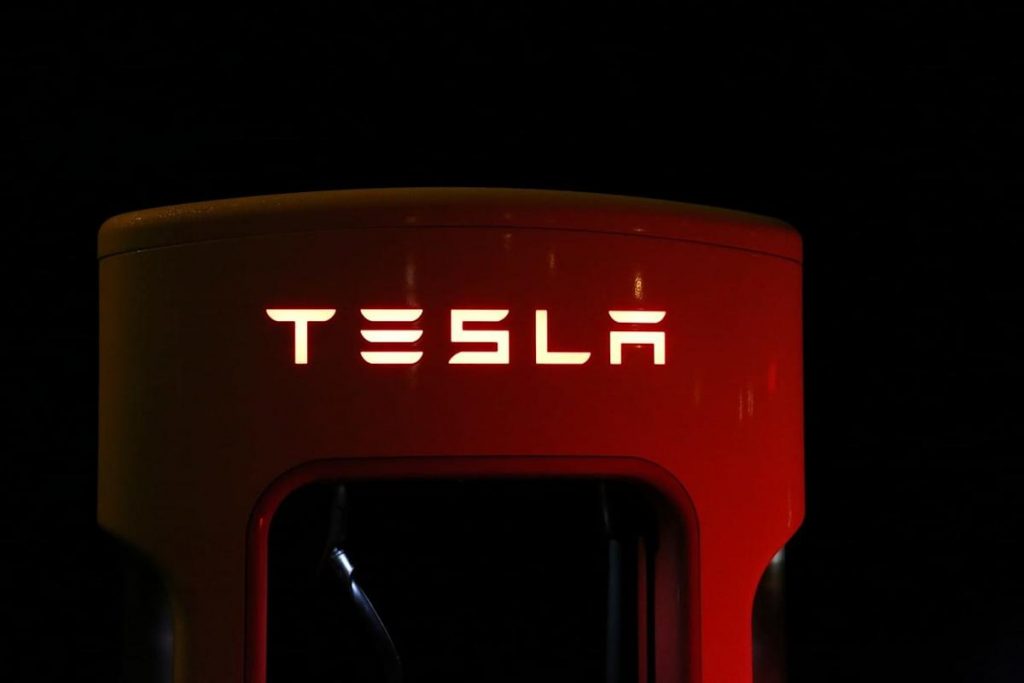Is the Tesla ‘Model Q’ Coming in 2025? These Top Analysts Think So.

It has been some time since Tesla (TSLA) CEO Elon Musk has teased an affordable model. In fact, perhaps the first recorded instance of Musk talking about a cheaper Tesla model was way back in 2006 when, in an official blog, he stated, “Build sports car. Use that money to build an affordable car. Use that money to build an even more affordable car.”
Switch Auto Insurance and Save Today!
After years of missed deadlines, maybe 2025 is the year when we finally get to see an economical version of the world’s most popular EV, at least if a recent note from Deutsche Bank is to be believed. In an earlier note, the firm estimated the cost of the expectantly titled new Model Q or Model 2 to be less than $30,000, competing with cars such as the Volkswagen ID.3 and the BYD Dolphin.
Tesla’s long-anticipated affordable model, unofficially referred to as either the Model Q or Model 2, is generating significant buzz, and for good reason. The model is expected to be built in accordance with the company’s proprietary manufacturing process. The idea here is to simplify and accelerate production, which could help lower costs. If current estimates hold, the car would be shorter than the Model 3 by roughly 15% and lighter by about 30%, suggesting a much more compact and efficient design.
The real differentiator, though, may be the battery choice. Tesla seems likely to opt for lithium iron phosphate (LFP) batteries for this model. These aren’t just cheaper to produce than the standard lithium-ion alternatives, they also tend to last longer, which makes them a logical pick for a cost-conscious EV. At this point, two battery configurations are being speculated: a 53 kWh pack with rear-wheel drive, estimated to offer around 310 miles of range, and a 75 kWh all-wheel drive variant, which might surprisingly come with slightly less range due to increased power demands.
Meanwhile, when plugged into one of Tesla’s V3 Superchargers, the battery could be pushed to 80% in just 20 to 25 minutes, a timeframe that makes long-distance travel feel less burdensome. At home, using a standard Level 2 charger, owners could expect to gain between 30 and 40 miles of range per hour, a rate that would comfortably cover daily driving needs.
Do you want to build your own blog website similar to this one? Contact us








